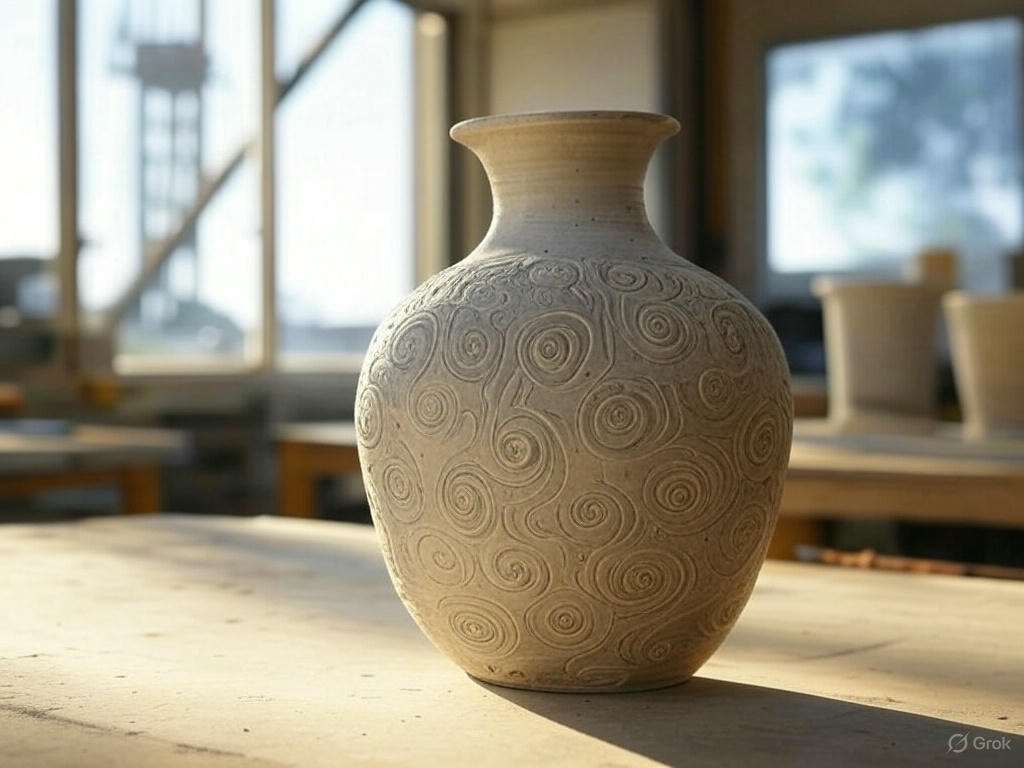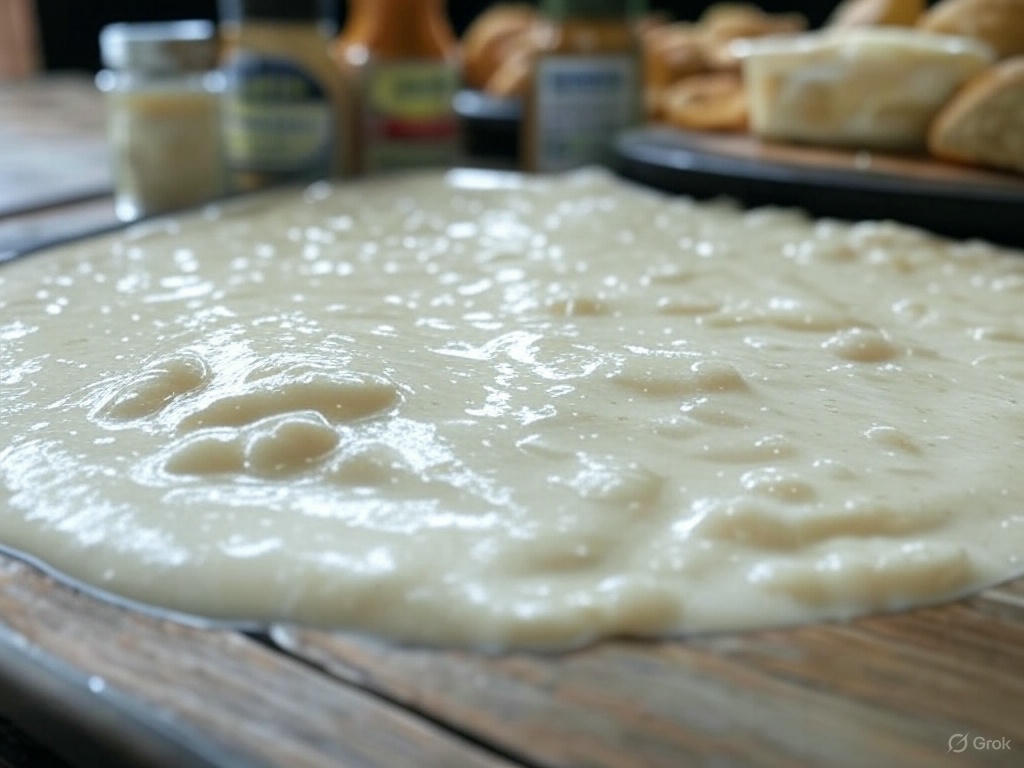The base cellulose is first prepared and then reacted with an etherifying agent
And the remaining base, the product is isolated and purified, dried and pulverized to obtain the product.
In general, when the HPC is prepared by the slurry technique, the alkali cellulose is generally powdered or pulverized
Cotton as raw material, dispersed in organic thinner, and NaOH aqueous solution at room temperature and obtained. Commonly used
The organic diluent is alcohol (such as isopropyl alcohol, tert-butanol), acetone, also useful etherification agent propylene oxide. The composition of alkali cellulose is essential for the preparation of products with good water solubility and uniformity.
The composition ratio of the ratio of cellulose to NaOH is 1: (0.2 to 0.4); the mass ratio of the aqueous paste to the cellulose raw material
Ratio of 1: (0.15 to 0.30), the water content should be as low as possible to reduce side effects. Diluent and cellulose quality
Ratio, depending on the reaction equipment in the 3 to 15: 1 between the changes.
The organic diluent used in the etherification reaction may be the IPA, TBA, etc. used for the alkalization, and the organic diluent
With non-polar such as hexane, toluene or the like. It is generally believed that the reaction rate below 50 ℃ is very slow
80 ℃ above the side reaction is very fast, so the reaction temperature to 55 ~ 85 ℃ is appropriate, the reaction time of 5 ~ lOh.
HPC purification is much simpler than the HEC, only to neutralize the separation of the crude into more than 85 ℃
Hot water repeatedly rinse, you can water-soluble salts, propylene glycol and other debris removed to achieve the purpose of purification.
The low-substituted HPC can be prepared by a conventional slurry process. While the high degree of substitution HPC production with two
Step to avoid excessive expansion during alkalization, help to improve the solubility, propylene oxide utilization and products
purity. The inert solvent in the alkalization process may be an alcohol of 3 to 5 carbon atoms (e.g., isopropanol, pentanol, tert
Butanol), dioxane, acetone and propylene oxide, and the etherification process of non-solvent can be used aliphatic and aromatic
Perfume, and alkyl ethers.
The resulting HPC can be washed with hot water (because it is insoluble above 45 ° C), well-dispensed HPC
The best part of the product can also be treated with glyoxal and then dried and packaged. Many patents have been reported about the deal
The method of the improvement comprises the drying of the alkali cellulose in the intermediate step, the infiltration of the alkali cellulose to reduce
NaOH concentration, in the process of hydroxypropylation with amine catalyst.
Here are two HPC production processes.
(1) 100 parts of wood pulp (100 mesh), 50 to 100 parts of IPA and 280 parts of PO were added to a kneader
, In the Nz atmosphere stirring 20min. The temperature was then raised to 60 ° C and reacted at this temperature for 5 h, raising the temperature
Reaction to 70 ° C th. The reaction mixture was separated and the crude product was allowed to neutralize, washed with hot water at about 90 ° C,
The purified product was centrifuged and centrifuged to give HPC. The MS was 3.6, the etherification efficiency was 46. 0%
Dissolved in water and ethanol, 2% solution of the light transmittance of 95% or more. If the raw material pulp fineness is not reached
100 or more, or increase the amount of 1PA and PO, will reduce the MS and etherification efficiency.
(2) 1 part of powdered pulp was added to a mixture consisting of 13 parts of TBA, 1.4 parts of water and 0.1 part of NaOH
And the mixture was stirred at 25-40 ° C to prepare an alkali fiber pulp. Centrifuge the filter to remove most of the
TBA after the press ratio of 1.52, containing fiber turbidity 61.3%, NaOH 6.3%, water 15. 4% and
TBA17. O% of the alkali cellulose. 6.5 parts of this alkali cellulose was added to the etherification reactor and replaced with nitrogen
After the addition of 28 parts of hexane and 6.4 parts of PO, stirring, heating, in vain 80 ℃ reaction 3h. At this point has been generated
HPC has a MS of 2.3. The reaction mixture was cooled to 50 ° C, 2 parts of water and 3.6 parts of PO were added and the temperature was warmed
Degrees up to 80 ℃ reaction 2h or so. Neutralize, remove the crude product and wash with hot water, dry, crushed to produce
Product HPC. The MS is 3.5, the etherification efficiency is 50% in water, methanol, ethanol and IPA, TBA
Dissolved, 2% solution of light transmittance of 93% or more.
Theoretical analysis and practical experience have shown that the full pulverization of cellulose raw materials is necessary. Can be crushed
To reduce the crystallinity of the cellulose, to improve the accessibility of the reaction, but also easy to make it more evenly dispersed in the inert media
You May Love
-

Hydroxyethyl Cellulose (HEC) is used in ceramics
.
Hydroxyethyl Cellulose (HEC) is indeed utilized in the ceramics industry, and its applications are rooted in its properties as a water-soluble,…
-

Hydroxyethyl Cellulose (HEC) is used in oil drilling
.
Hydroxyethyl Cellulose (HEC) is widely used in oil drilling, particularly as an additive in drilling fluids, due to its versatile properties…
-

Hydroxyethyl Cellulose (HEC) is used in food products
.
Hydroxyethyl Cellulose (HEC) is indeed utilized in certain food products, though its application in the food industry is less widespread compared…

